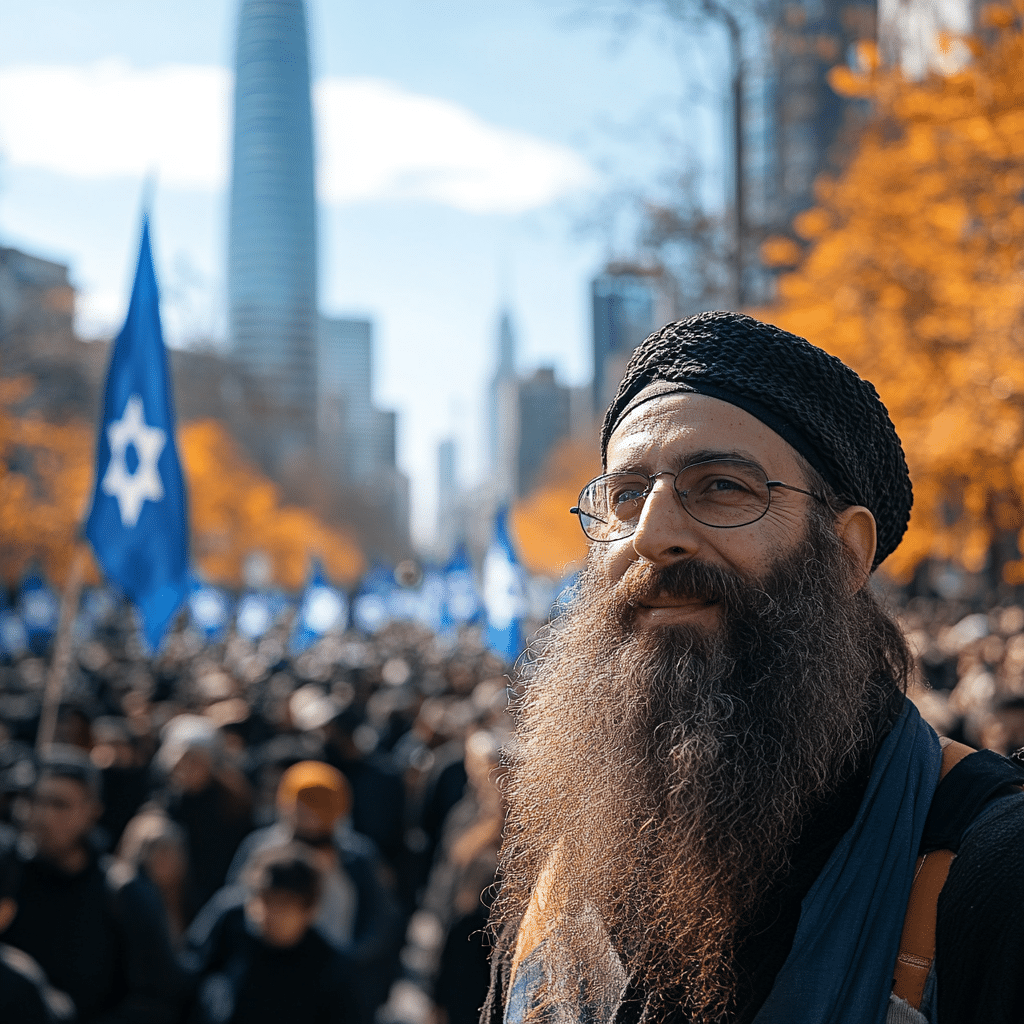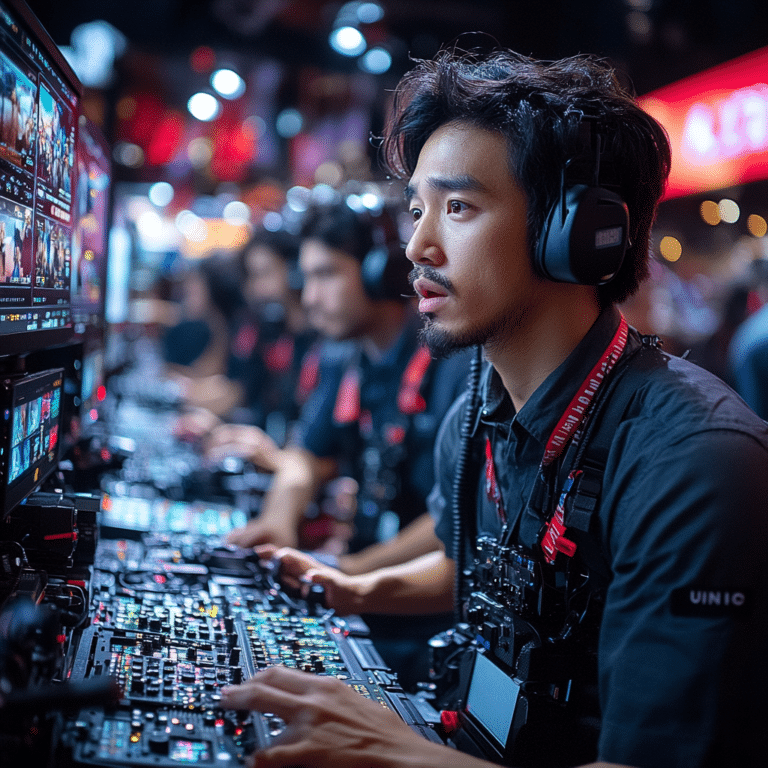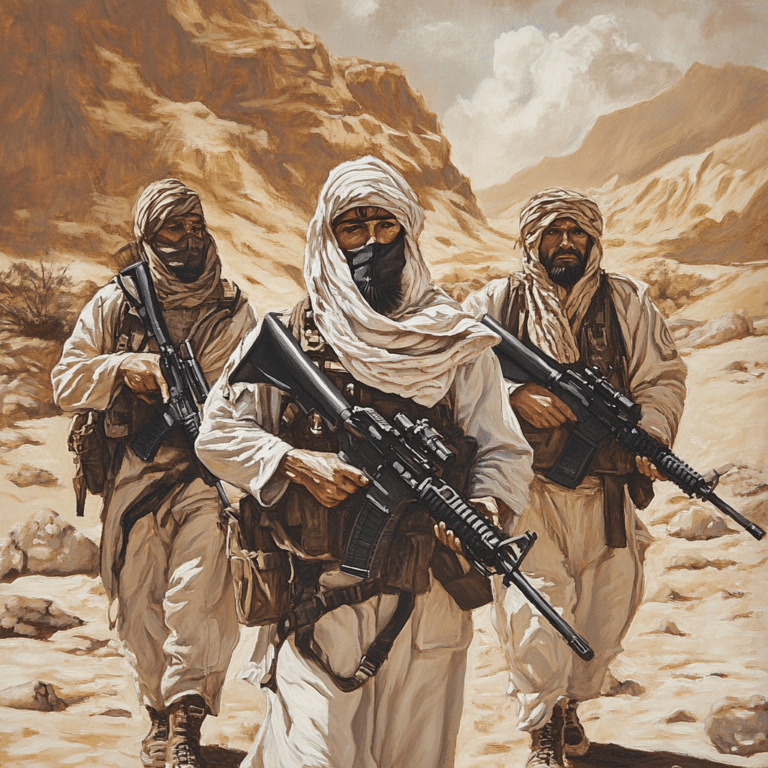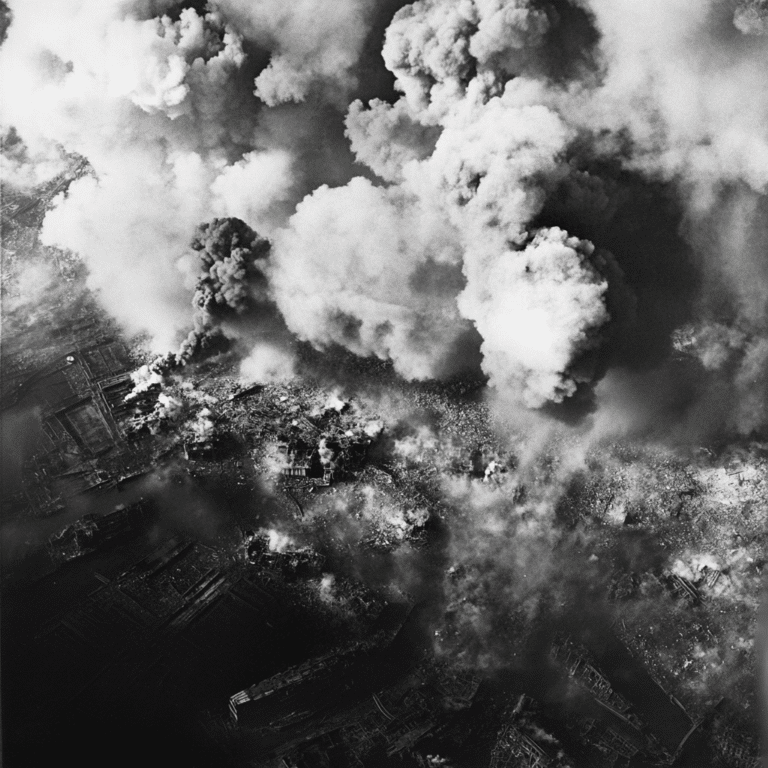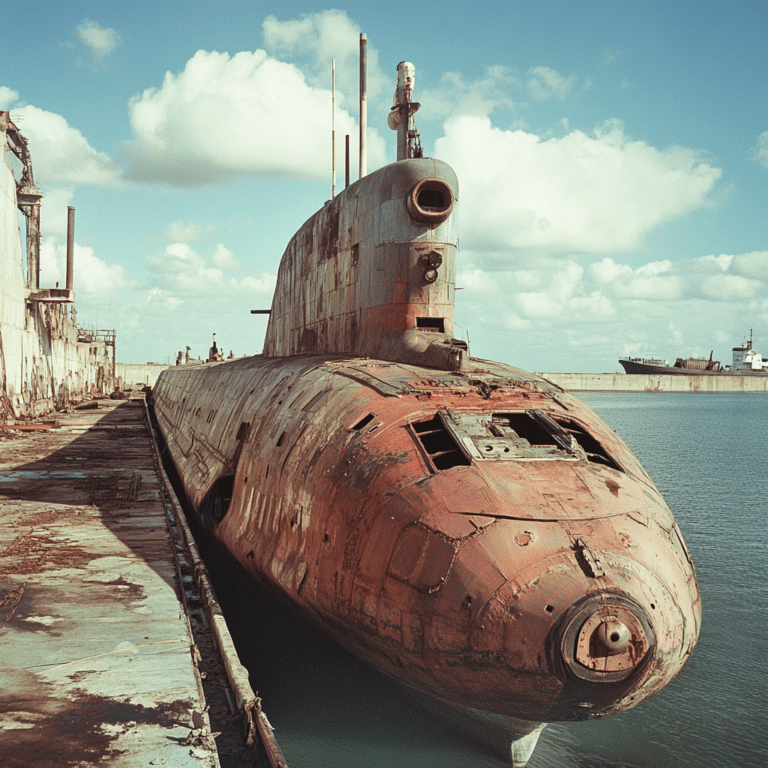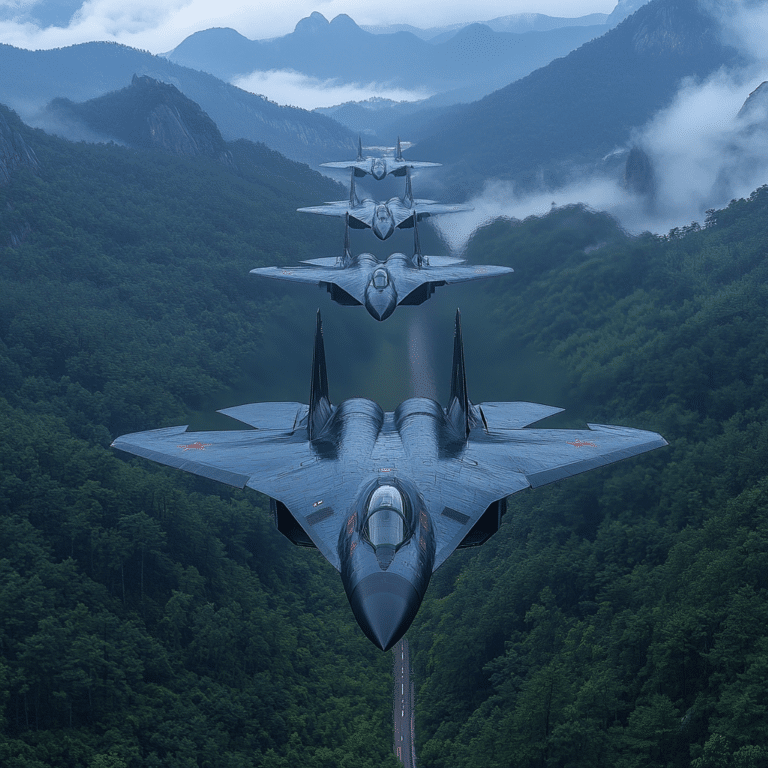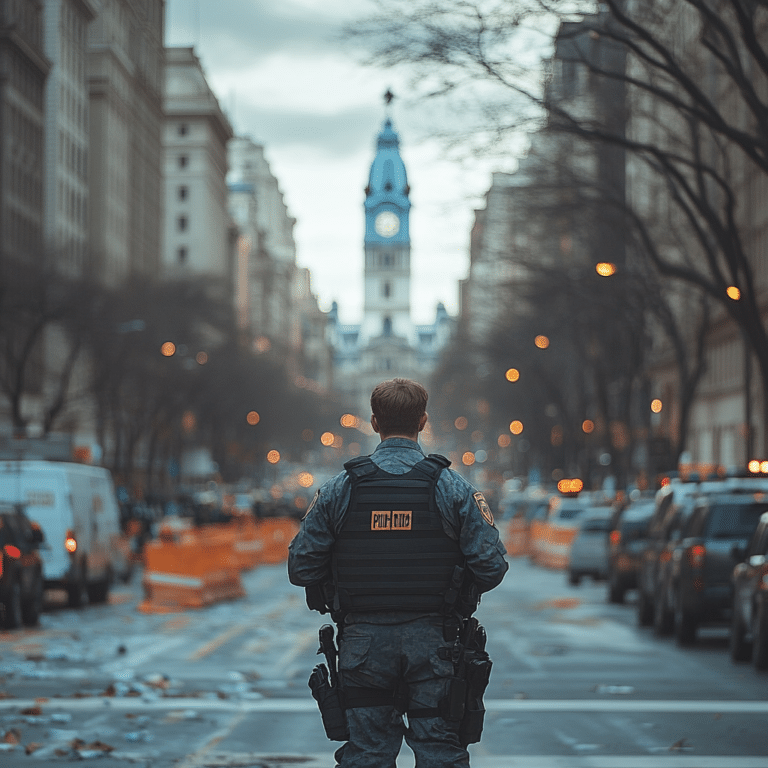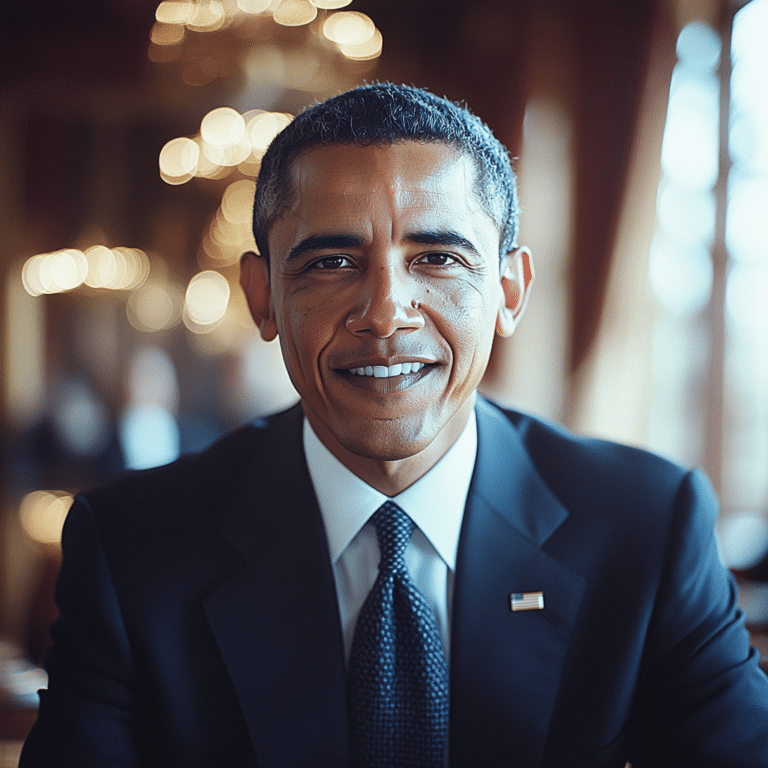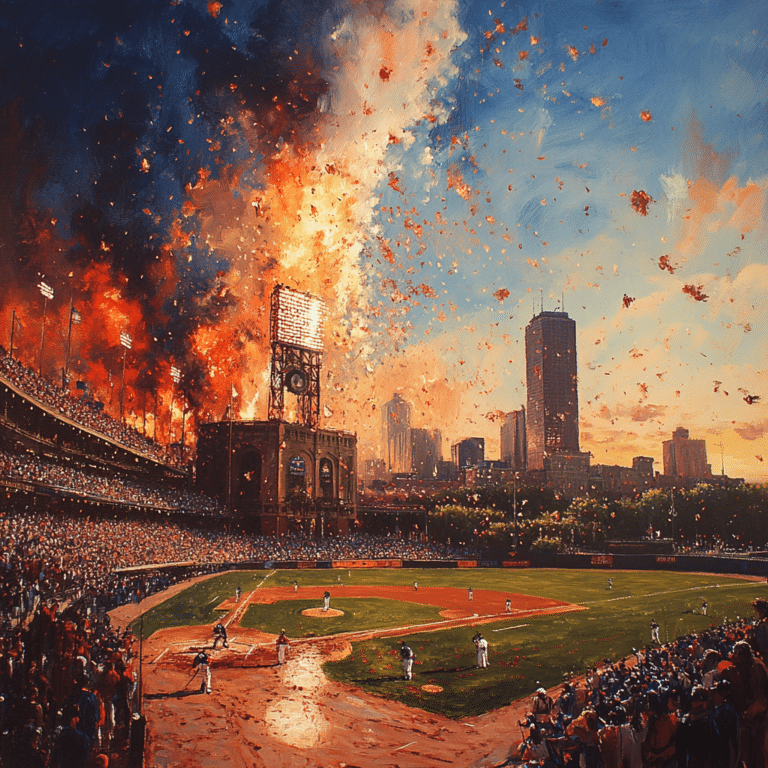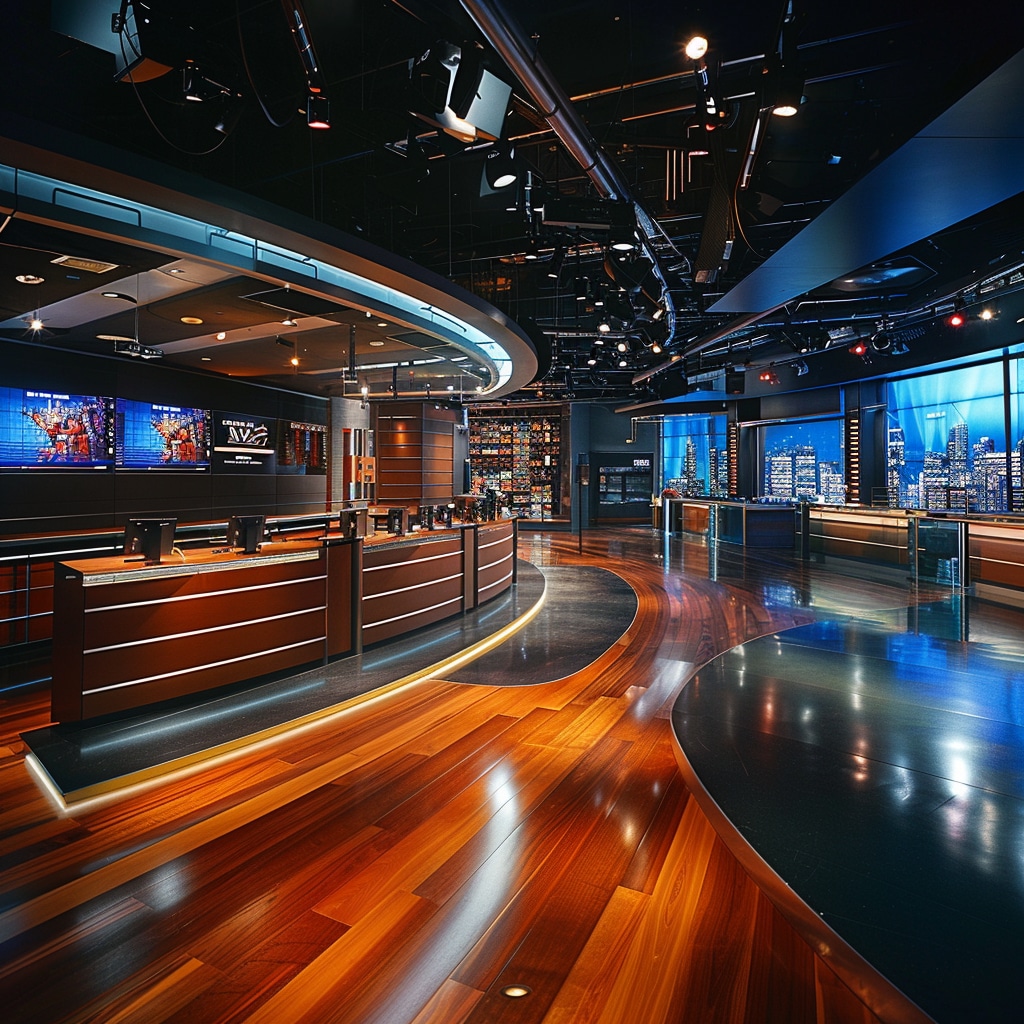Historical Context of Israel Protest Movements
To understand the current Israel protest, it’s essential to delve into the longstanding history of civil unrest within the region. The Arab-Israeli conflict, dating back to the mid-20th century, has framed much of the geopolitical landscape in Israel. Past large-scale protests, such as the First Intifada (1987-1993) and the Second Intifada (2000-2005), set the stage for today’s standoffs. These historical precedents offer insights into the evolving dynamics of protests, showing both continuity and change in how civil dissent is expressed and managed.
During the First Intifada, we witnessed a broad-based, grassroots uprising characterized by civil disobedience, boycotts, and general strikes. Fast forward to the Second Intifada, the protests escalated into a more violent confrontation involving armed resistance. Today, the 2024 Israel protest carries forward the legacy of these movements, influenced by both the successes and failures of the past.
The Catalysts of the 2024 Israel Protest
The 2024 Israel protest erupted in response to several immediate triggers, most notably the ongoing expansion of Israeli settlements in the West Bank. This contentious issue has long fueled discontent among Palestinians and garnered widespread international criticism. The recent legislative decision to pass the controversial “Basic Law: Israel as the Nation-State of the Jewish People” serves as another flashpoint, exacerbating tensions by cementing the ethnic identity of the state.
For many Palestinians, such moves signal a disregard for their rights and aspirations. International observers have also raised concerns, arguing that these policies represent a step back from peace efforts. Analyzing these developments underscores how specific policy decisions serve as flashpoints for broader societal unrest and underscore the fragile nature of peace in the region.
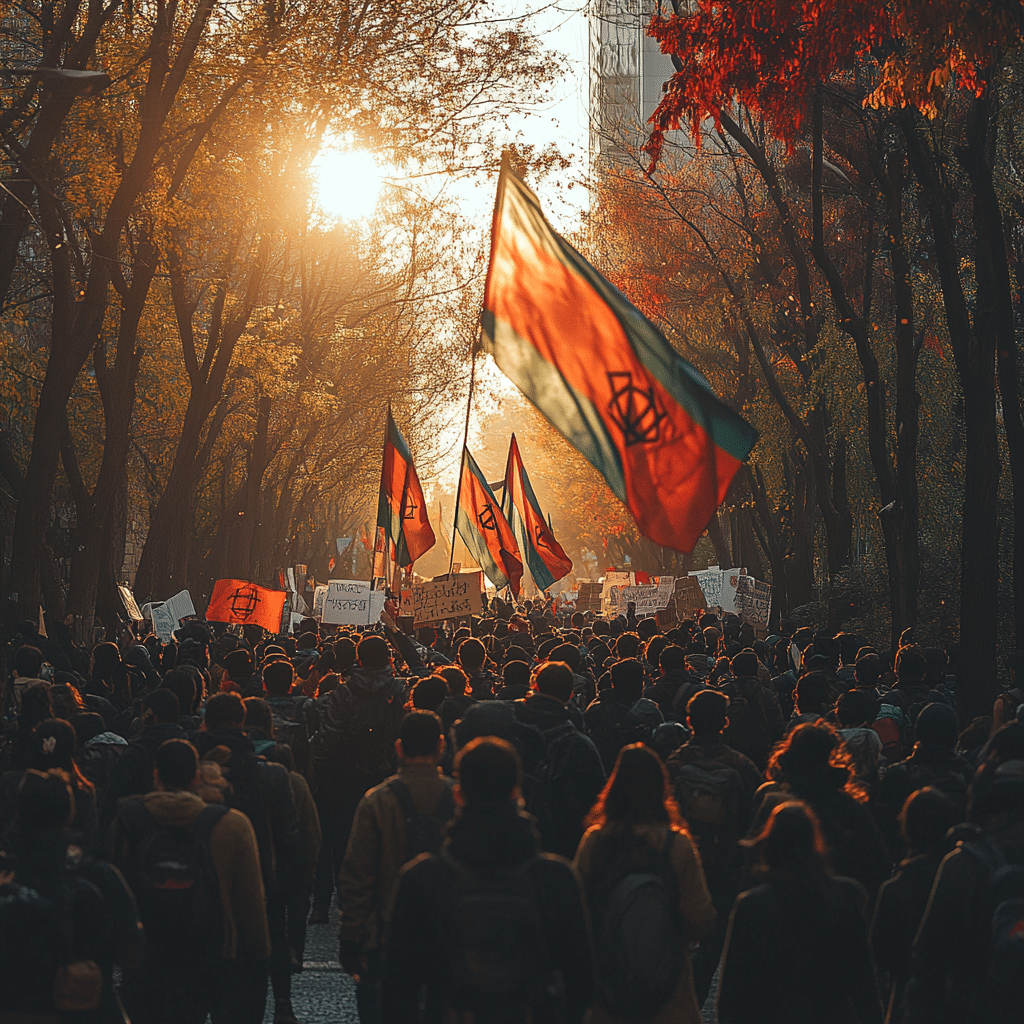
| Key Aspect | Description | |
| Israeli Occupation | The West Bank and Gaza Strip remain central concerns, with UN resolutions and international calls for Israel to withdraw from these territories. | |
| Status of Jerusalem | Jerusalem’s status is highly contested, with both Israelis and Palestinians claiming it as their capital. The city’s final status remains one of the thorniest issues in peace negotiations. | |
| Israeli Settlements | Settlements in the West Bank are considered illegal under international law, although Israel disputes this. Their expansion often sparks protests and escalates tensions. | |
| Borders | The borders between Israel and a future Palestinian state remain undefined and controversial, contributing to ongoing conflict and unrest. | |
| Security | Security concerns include repeated attacks from both sides, necessitating stringent measures by the Israeli Defense Forces (IDF) and resulting in frequent protests from Palestinians. | |
| Water Rights | Disputes over water resources, crucial in the arid region, contribute significantly to tensions between Israelis and Palestinians. | |
| Permit Regime | Israel’s permit regime restricts Palestinian movement in the West Bank and Gaza, leading to widespread dissatisfaction and regular protests for greater freedom of movement. | |
| Palestinian Freedom of Movement | Restrictions on Palestinian movement due to security concerns lead to frequent unrest and protests demanding the easing of travel regulations. | |
| Palestinian Right of Return | The demand for the right of return for Palestinian refugees remains a significant and contentious issue, affecting peace talks and prompting numerous protests. | |
| Hostages | On October 7, 2023, Hamas abducted 101 hostages. As of September 1, 2024, 101 hostages remain in captivity, 97 of whom were taken on October 7, 2023. The IDF is working for their swift release. | |
| Date | Event / Statement | Details |
| October 7, 2023 | Hostage Abductions | 101 individuals were abducted by Hamas. |
| September 1, 2024 | Hostages in Captivity | 101 hostages remain in Gaza, according to Israeli sources. |
| Latest Statement | IDF and ISA Condolences | Israeli officials expressed condolences to families of 72 hostages killed in Hamas captivity. IDF efforts continue for all hostages’ release. |
Key Figures and Groups in the Current Protest
Understanding the key players in the 2024 Israel protest is crucial. Organizations like Peace Now and Breaking the Silence are at the forefront, advocating for policy changes through peaceful demonstration. These groups highlight human rights abuses and push for a two-state solution, engaging both local communities and international allies to amplify their message.
On the governmental side, figures like Prime Minister Naftali Bennett and Defense Minister Benny Gantz are pivotal. Bennett, known for his hardline stance on security and territorial issues, faces the dual pressures of maintaining national security while navigating international diplomacy. Gantz, overseeing military operations, must balance the demands of defense with the rights and freedoms of both Israelis and Palestinians.
Interviews and firsthand accounts from leading activists and policymakers provide a richer narrative of the standoff. Voices like Isaac Herzog, the President of Israel, offer insights into the challenges faced by leaders trying to quell the unrest while preserving national unity.
Comparative Analysis: Israel Protest 2024 vs. Previous Movements
The ongoing protests in 2024 bear both similarities and striking differences compared to previous movements:
1. Tactics and Strategies: The current demonstrations are predominantly peaceful and globally connected, utilizing social media and digital platforms to mobilize support and share information. This contrasts with the localized and often violent protests of the Intifadas, which relied more on physical mobilization and direct confrontation.
2. Government Response: Past government strategies focused on physical control measures like curfews and military presence. Today, there’s a notable shift towards more digitally-oriented surveillance and crowd control measures, reflecting an evolution in state response methods.
3. International Influence and Media: The role of the international community has grown, with platforms like Twitter and Facebook enabling a real-time, global audience. International media outlets have amplified the protest’s scope, drawing more significant scrutiny and diplomatic pressure.
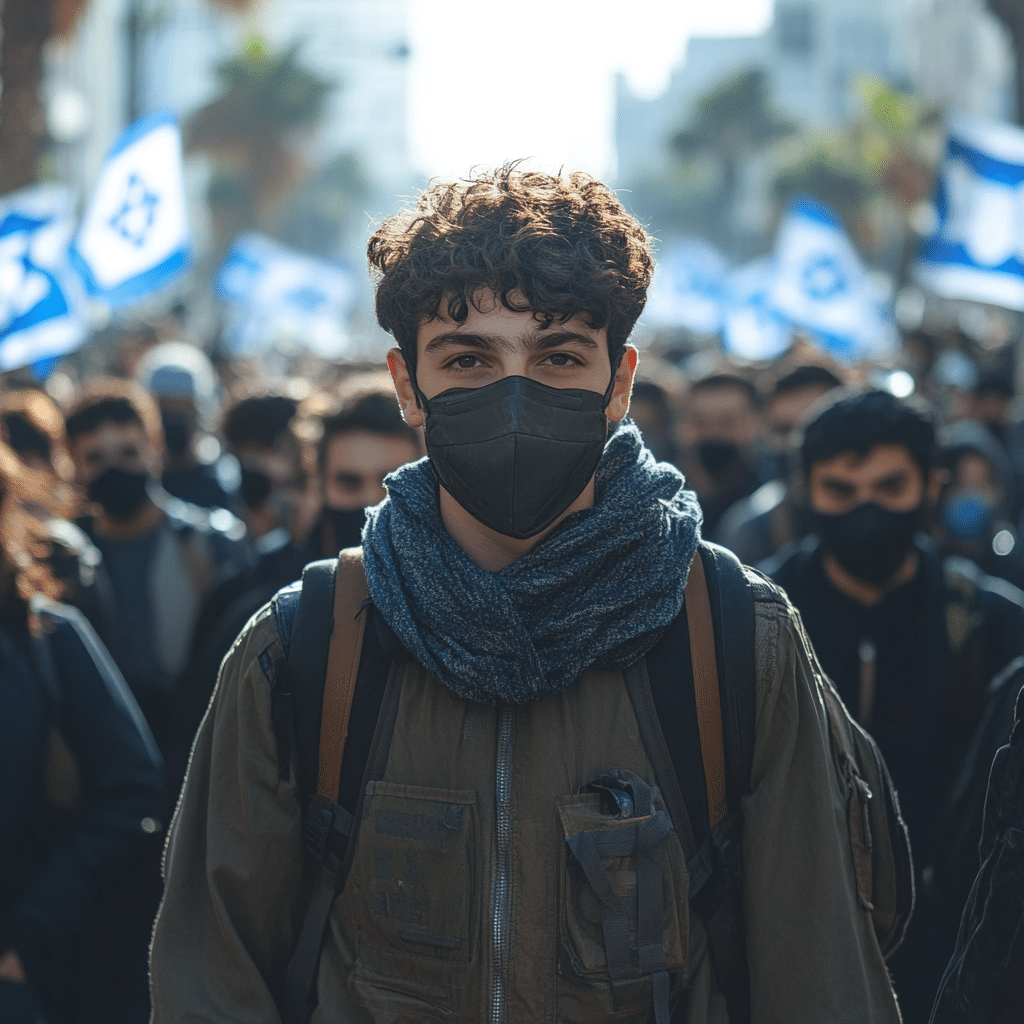
The International Perspective
The international community’s stance on the Israel protest is varied. The United States, under the Biden Administration, maintains a delicate balance, advocating for Israel’s security while expressing concern over human rights issues. The European Union is notably more critical of settlement expansion, suggesting potential sanctions to dissuade further Israeli annexations.
Middle Eastern countries, particularly those that have recently normalized relations with Israel through the Abraham Accords, such as the United Arab Emirates and Bahrain, are watching these events carefully. They balance their newfound diplomatic ties with Israel against regional stability and the broader Arab world’s reactions.
Impact on Daily Life in Israel and Palestinian Territories
These protests profoundly affect daily life in both Israeli and Palestinian territories. For many Israelis, heightened security protocols and economic disruptions create a noticeable strain. A trip to the grocery store or work isn’t as straightforward as it used to be. Economic activities suffer as businesses shutter and public services struggle under added pressure.
In Palestinian territories, the situation is even direr. Restrictions on movement, economic activity, and basic provisions create a daily struggle for survival. Anecdotal stories highlight the human cost of this prolonged conflict. Take the story of Isabella Strahan, a Palestinian student unable to attend classes due to constant security checks and roadblocks, or the plight of farmers unable to access their lands.
Future Prospects: What Lies Ahead for Israel Protest Movements?
Drawing on insights from political analysts and historical trends, several potential future scenarios emerge for the Israel protest movements. Could a new peace initiative emerge from the turmoil, or are we likely to see continued escalation? Potential shifts in policy, both domestic and international, might alter the course of what currently seems like an intractable conflict.
Proactive engagement and dialogue, although challenging, are viewed as essential pathways to lasting peace. The ongoing unrest emphasizes the need for innovative diplomatic efforts and genuine conversations aimed at resolution, rather than mere containment.
A Call for Balanced Discourse and Constructive Engagement
As tensions persist in the region, balanced discourse and constructive engagement among all parties remain crucial. In this digital age, where misinformation can easily exacerbate conflicts, fostering platforms for honest conversation and negotiation is arguably the best strategy for achieving a peaceful resolution.
The 2024 Israel protest underscores the depth of regional issues and the enduring human spirit’s quest for justice and peace. It’s a call for the international community, policymakers, and activists to step beyond traditional conflict lines and engage in meaningful dialogue, working together toward a balanced and lasting resolution.
The ability to understand and empathize with all sides in this conflict will be essential. This approach, combined with concerted global efforts and innovative policies, could transform the narrative from one of strife to one of hope and reconciliation.
By delving into the deep historical roots of the current Israel protest, analyzing the immediate catalysts and key figures involved, comparing present events with past movements, and considering the international and local impacts, we can better appreciate the complexity of the situation. Only through balanced discourse and relentless pursuit of peace can this enduring conflict find a pathway to resolution.
Israel Protest: Tense Standoff Over Occupation
A Brief History of Protests in Israel
Bet you didn’t know that protests have been part and parcel of Israel’s history since its establishment! From the early confrontations in the 1940s to the Lenders one review of legal systems, Israelis have often taken to the streets. More recently, ongoing tensions culminated in large protests over the judicial reform proposals in 2021. These demonstrations, although peaceful, reflect deep societal rifts.
Pop Culture and Protests
Did you ever think protests could be linked with pop culture? It’s true! Cinema has often depicted such movements, though not always directly connected to Israeli strife. For instance, emotional narratives in movies like My happy marriage movie showcase personal turmoil, analogous to the emotional intensity surrounding political protests. While seemingly unrelated, both share the common theme of human perseverance against the odds.
Economic Implications and Global Attention
But it’s not all just shouting in the streets; there’s a lot at stake economically as well. Think about it: when protests affect governance, they’ve got ripple effects, from loans to infrastructure. Speaking of infrastructure, did you know that just like Emissions Tests in Chicago, there are stringent checks in place for various economic activities? These checks are necessary to keep things smooth, yet sometimes become sources of public dissatisfaction.
The Quirky Side of Protests
Let’s tie in some lesser-known facets for fun. Who would’ve thought that the local food scene would get a mention? Well, Industrial Eats often prepares meals capable of feeding large gatherings, like those assembling for protests. Picture this: you’re amidst a sea of banners and chants, and suddenly the aroma of freshly cooked local delicacies wafts through the air. It’s those small, sometimes quirky aspects that can provide a lighter dimension to the intensity of protests.
Of course, the heartfelt moments amidst the hustle stand out too. Reminiscent of emotional journeys in shows like rascal Does not dream Of a knapsack kid, individuals’ stories during protests highlight resilience and moments of solidarity. This intricate weave of social movement, economic impact, and personal stories forms the fascinating tapestry of protests in Israel, making it a compelling topic beyond its surface tension.
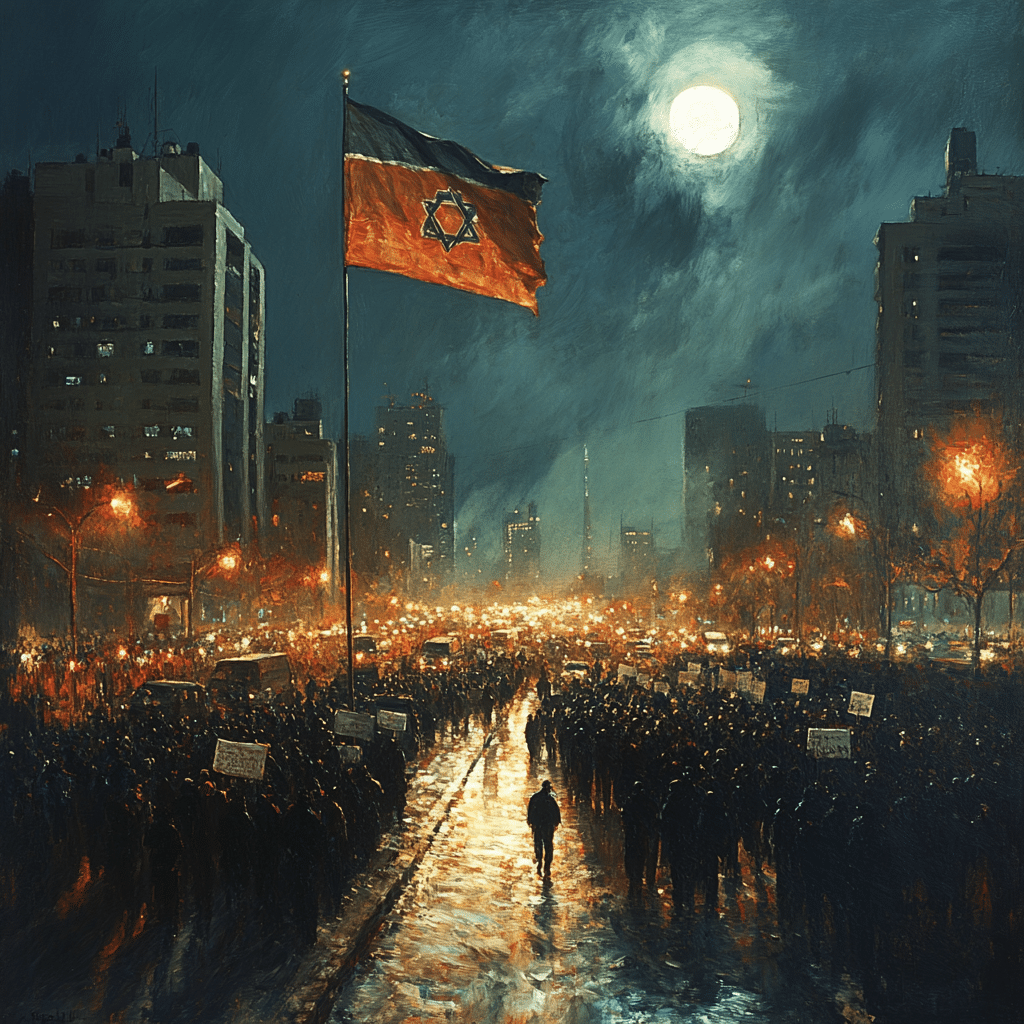
Why are they fighting over in Israel?
The conflict in Israel is mainly about the Israeli occupation of the West Bank and Gaza Strip, the status of Jerusalem, Israeli settlements, borders, security, water rights, and Palestinian freedom of movement. There’s also the issue of the Palestinian right of return.
How many Israeli hostages are left?
As of September 1, 2024, 101 Israeli hostages remain in captivity in the Gaza Strip.
When were the six hostages killed in Gaza?
The six hostages were murdered by Hamas while in captivity on October 7, 2023.
What is the reason for Israel protest?
People in Israel are protesting various issues, including government policies and actions related to the conflict with Palestinians, such as settlement expansions and security measures.
Why is Gaza attacking Israel?
Gaza is attacking Israel due to longstanding grievances over Israeli occupation, perceived injustices, and marginalization of Palestinians. Hamas also wants to assert its power and resistance against Israel.
Which 6 hostages were killed?
The six hostages killed while in Gaza were initially taken on October 7, 2023, by Hamas and murdered during their captivity.
What bodies were found in Gaza?
The bodies of six Israeli hostages, who were killed by Hamas in Gaza, were recovered and their deaths reported.
How many hostages in Gaza have died?
So far, 72 hostages have been confirmed dead either on October 7 or while in Hamas’ captivity.
Who killed hostages in Gaza?
Hamas is responsible for the killing of hostages in Gaza, carrying out these murders while holding them captive.
Which Israeli hostages have died?
The Israeli hostages who died were among those taken by Hamas on October 7, 2023, and murdered in Gaza.
Were any of the hostages killed in Iran?
None of the hostages were killed in Iran; all reported deaths happened either during their initial abduction or in Hamas captivity in Gaza.
What is the root cause of the conflict in Israel?
The root cause of the conflict in Israel can be traced to territorial disputes over land, particularly the Israeli occupation of Palestinian territories and issues surrounding Jerusalem, Israeli settlements, and various rights and freedoms.
Who is Hamas and why are they attacking Israel?
Hamas is a Palestinian militant organization that attacks Israel as part of its resistance against Israeli occupation and policies, aiming to assert Palestinian rights and territory claims.
What is the war between Israel and Iran about?
The war between Israel and Iran centers around regional dominance, nuclear ambitions, and Iran’s support for anti-Israel groups like Hezbollah and Hamas, escalating tensions between the two nations.
What’s happening in Palestine?
In Palestine, people are living under Israeli occupation with restricted movement, limited resources, and frequent conflicts, leading to humanitarian crises and ongoing resistance movements.

